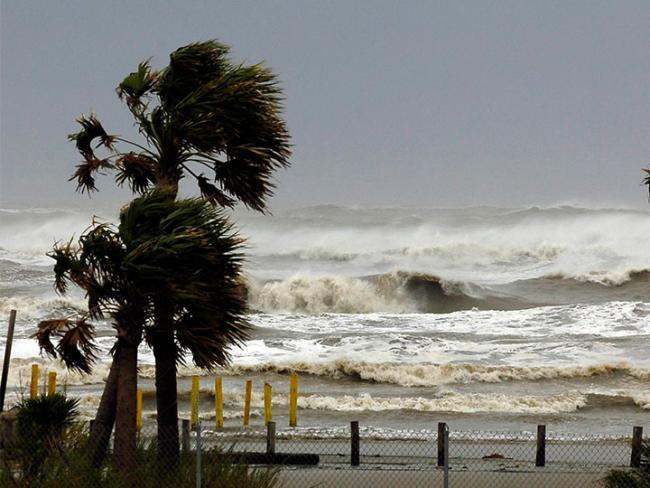Natural Hazards Summit Part II Addresses Prediction, Recovery and Mitigation

Hurricane Resilience Research Institute member institution, Texas Tech University, hosted Part II of the TAMEST (The Academy of Medicine, Engineering and Science of Texas) Natural Hazards Summit in Lubbock on Monday, May 16.
Several key individuals from Texas Tech introduced the event, including university president, Lawrence Schovanec, Ph.D., and vice president for research and innovation, Joseph Heppert, Ph.D. The summit also featured a walking tour of the National Wind Institute’s Reese Technology Center on Texas Tech’s campus.
Disaster is a function of three things: exposure, vulnerability and the hazard itself. Texas is exposed to more natural disasters than any other state, and the infrastructure is not holding up to the weather events it is experiencing. Expert plenary speaker, Kelvin K. Droegemeier, Ph.D., Regents’ Professor of Meteorology at the University of Oklahoma, discussed the dire need for prediction models to mitigate the damage from severe storms. A panel moderated by Kishor Mehta, Ph.D., of Texas Tech University followed, entitledClimate Change, Drought and Economics of Warning. The panel discussed the increasing volatility introduced by climate change, which has created an environment with more intense droughts, stronger hurricanes, more dangerous heatwaves and bigger wildfires.
HuRRI director Hanadi Rifai, Ph.D moderated a discussion on emergency response and recovery. A major area of concern is the trauma following natural hazards, specifically as it impacts the welfare of children. Direct and indirect effects can be seen in children who have survived a natural disaster. Thirty percent of children and teens experience Post Trauma Stress Syndrome directly after an acute, devastating weather event. Four years after the event, 27% still report anxiety and PTSS symptoms.
The third theme of the summit was Long-term Consideration: Risk and Mitigation. Jamie Brown Kruse, Ph.D. of East Carolina University advocates a move from risk management to resilience management. A panel convened to discuss Improving Resiliency of Infrastructure to Prevent Fatalities and Mitigate Damages. Ian M. Giammanco, Ph.D., the lead research meteorologist and senior director for standards and data analytics for the Insurance Institute for Business and Home Safety was one of the panelists. He spoke about the comprehensive plans builders need to take into account. Covering All the Bases: Building to the Hazards We Face showed how hail storms outperformed both severe storm/tornadoes and lightning disasters combined in terms of billions of dollars of insured losses.
Sessions from Natural Hazards Summit Part II — Responding to and Mitigating the Impacts are now available on Youtube.